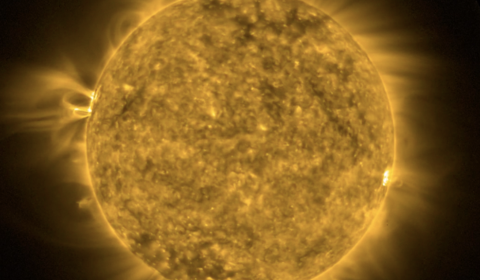Solar Coronal Flash Event! Atomic Clock Is Ticking!
Modern Times depend on many electrical transactions that a powerful solar storm could disrupt. These giant bursts of energy from the sun happen more often during a period called "solar maximum," which we may be due for. I remember such in the past, and noted the fact we weathered them. Will the coming days and years be different, ma? We might be due, son. Let it be.
You could say my atomic clock is misnamed. It’s digital with an analog output, and run by AA battery. But it receives a signal from THE Atomic Clock at National Institute of Standards in Mile High Colorado, which keeps the best possible time, and which sends a slow rolling AM signal out across America. Well, buckaroos that durn signal hits my clock at home and dang if it doesn’t give me great time, and it hardly ever fails me.
But it lost time this week for a day. And I reckon it could be that confounded solar storm getting in the, NIST AM transmission's way. But I just let it sit there, and didnt grapple with it [Why you wouldnt play with a sleeping bear, would you? I thought so.] and the Clock Time Came back. God bless Armenia. Your darn tootin. -Gabby Hayes
I found a very trippy description of how an atomic clock
works at the Smithsonian Institution website.
The basic parts required for an atomic clock are a source of
cesium atoms in different energy states. A first laser puts atoms into the
lowest energy state, then microwaves at the correct frequency in a microwave
cavity cause the atoms to change to a higher excited energy state. Next, a
frequency divider converts the very high microwave frequency of about 9 billion
cycles per second to lower frequencies that are easier to use for counting.
Meanwhile a servo mechanism changes the frequency of the microwaves in the
cavity to put the greatest number of atoms into the excited state which results
in the largest light signal on a detector. At this point a scond laser causes
atoms in the excited state to light. Subsequently a detector detects the emitted
light, and the ultra precise measurement of the frequency of microwaves
absorbed by cesium 133 Atoms provides a standard frequency that in effect
represents the time of day.
Atomic clocks use the precise frequency of microwave
radiation emitted or absorbed by atoms as a way to measure time. - Jack Webb
 |
| EXCITING CORONAL EMISSIVE NOAA DOWNLOADS |



Comments